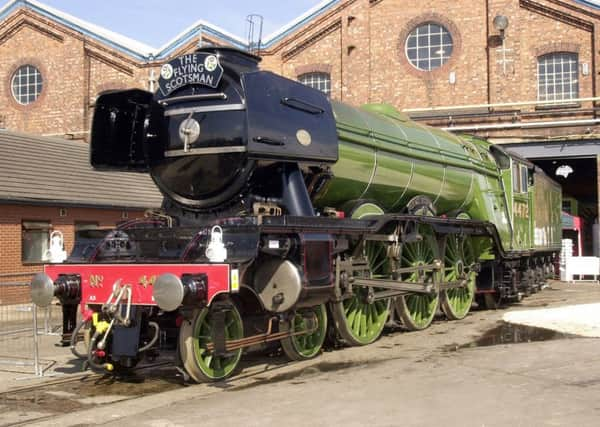REtro: The day steam icon retired from service


The iconic Scotsman pulled its last train for British Railways on January 14 in that year, and became the property of Doncaster businessman Alan Pegler.
Mr Pegler had negotiated extensive work to be carried out on the locomotive as part of the purchase deal, and the Scotsman once again sported a single chimney and London and North Eastern Railway colours and insignia.
Advertisement
Hide AdAdvertisement
Hide AdIt was agreed that it could still run on the main line and the locomotive’s triumphant final journey for British Rail created a huge amount of interest.
Next month is the Scotsman’s ‘birthday’. When it left its Doncaster works in February 1923 it became the first locomotive of the newly formed London and North Eastern Railway.
Designed as part of the A1 Class by Sir Nigel Gresley, it simply carried a number until the following year when it was named after the London to Edinburgh rail service.
The Flying Scotsman became famous as part of the British Empire Exhibition, and was the first locomotive in the UK to be clocked at 100mph in 1934.
Advertisement
Hide AdAdvertisement
Hide AdIt reduced the London to Edinburgh journey time to eight hours after making the very first run without any stops between the cities.
Rail travel was nationalised in 1948. The Flying Scotsman was blue then British Rail green until its retirement.
Now a working museum piece based in the National Railway Museum in York, the locomotive continues to attract public interest.
A £1.8 million grant from the National Heritage Memorial Fund along with support from the general public kept the steam icon here in Britain, and in its home county of Yorkshire.
A cash grant from the Heritage Lottery Fund has paid for much of its restoration work.